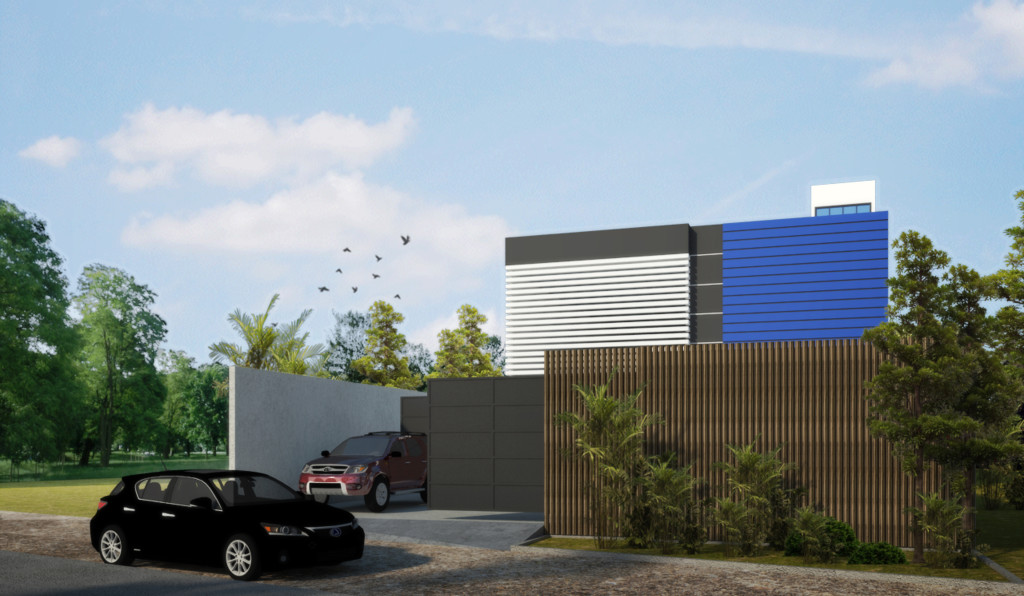MANILA – The Ayala Group’s Globe Telecom is planning to invest in two new cable landing stations and expand its data center portfolio to meet the growing demand for internet services and content.
In a statement, Globe Telecom announced that it will be constructing two additional landing stations on the eastern and western coasts of the Philippines. These stations will be connected to new international submarine cables, increasing the country’s internet capacity.
The locations of the new cable landing stations have not been disclosed yet. Currently, Globe has three existing stations in Nasugbu, Batangas; Ballesteros, Cagayan; and Brgy. Talomo, Davao City.
READ: Globe fiberoptic cable lands in Zamboanga
Additionally, Globe will expand three existing data center facilities in Makati, Cavite, and Quezon City through its partnership with ST Telemedia Global Data Centers (STT GDC) based in Singapore.
“With a combined capacity expansion of 5.2 megawatts scheduled for the third quarter of this year, the company is set to surpass the capacity of most individual data centers in the country,” stated Globe Telecom.
READ: Ayala, Globe aim for PH data center dominance
Data centers are specialized warehouses that house servers and other hardware. While they are crucial for internet infrastructure, they are known for their high energy consumption.
Philippines as the Next Data Center Hub
Globe CEO Ernest Cu confirmed that the ongoing construction of their 124-MW data center in Fairview, Quezon City, which is expected to be the largest and most interconnected data center in the country upon completion, is progressing as planned.
“We started off by looking for a capable partner in STT GDC. They share our vision and optimism about the market, so we’re establishing data centers throughout the Philippines. The largest of these centers will be in Fairview, Quezon City, and is projected to be operational by the first quarter of 2025,” Cu said in a statement.
Cu also expressed his belief that the Philippines could become the next data center hub in the region as tech giants expand their presence in the country.
“We have a large population in these regions, and they need to be served by hyperscalers. The adoption of cloud services is also increasing in the region. So, we anticipate a significant demand for data centers,” Cu added.

